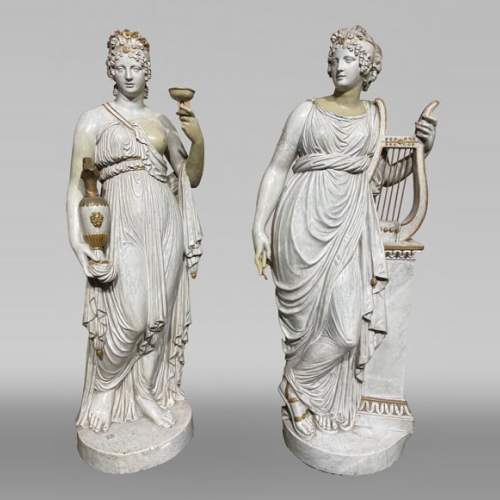Your selection is currently empty.
Here are the latest objects in our stock:
Dimensions:
Width: 45
Height: 113
Depth: 33
Dimensions:
Width: 50
Height: 48
Depth: 18
Dimensions:
Height: 23
Diameter: 9
Dimensions:
Height: 25
Diameter: 11
Dimensions:
Width: 142
Height: 113
Depth: 41
Inner width: 86
Inner height: 83
Dimensions:
Width: 105
Height: 99
Inner width: 68
Inner height: 79
Dimensions:
Width: 122
Height: 95
Depth: 5
Dimensions:
Width: 111
Height: 95
Depth: 57
Inner width: 76
Inner height: 81
Dimensions:
Width: 48
Height: 182
Depth: 5












